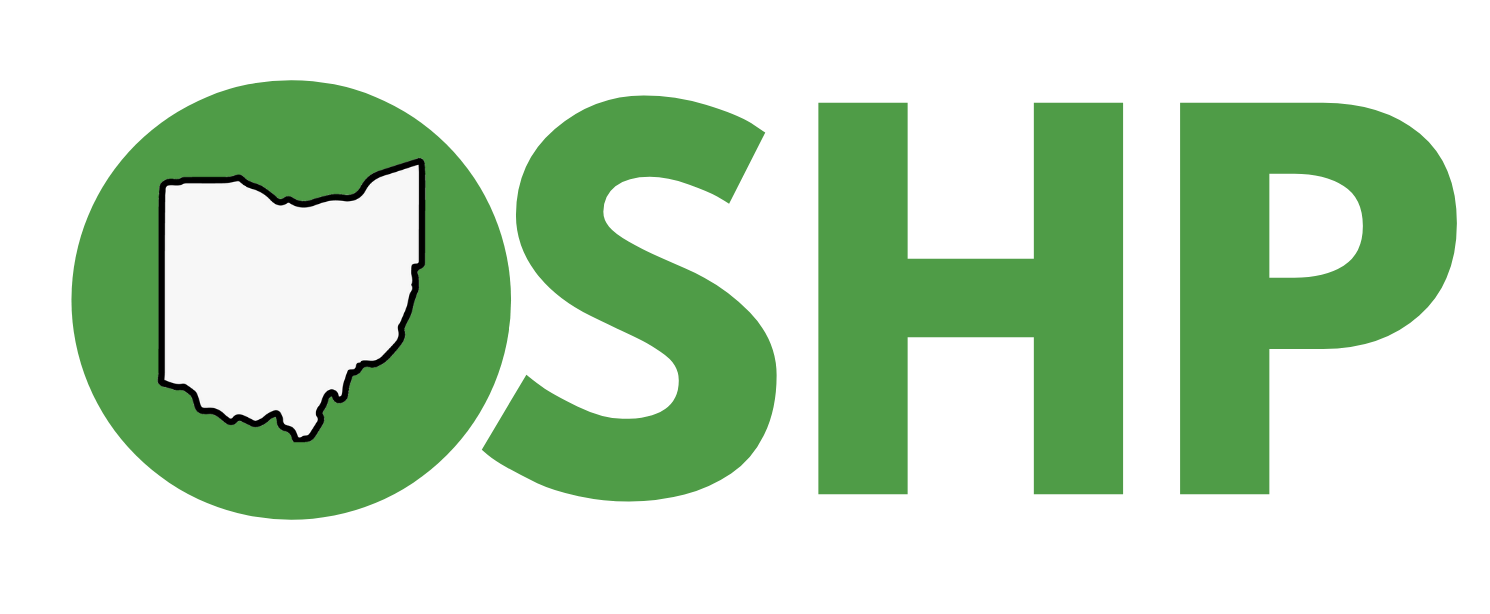Author: Laura Nice, PharmD, PGY2 Oncology Pharmacy Resident, University of Louisville Hospital
Immune checkpoint inhibitors (ICIs) have revolutionized cancer treatment over the past 10 years. Traditional chemotherapy targets fast growing cells and halts the production of cells, including the body’s healthy cells. This leads to characteristic chemotherapy adverse events, including myelosuppression, nausea/vomiting, alopecia, and more. Alternatively, ICIs work to enhance the body’s immune system to fight cancer.1 These are monoclonal antibodies given intravenously every two to four weeks. Inhibiting cytotoxic-T-lymphocyte-associated protein 4 (CTLA-4), programmed cell death 1 (PD-1), or programmed cell death ligand 1 (PD-L1) stops the cancer from suppressing T cell activation, thereby allowing the immune system to fight (Table 1). In other terms, cancer places an “invisibility cloak” on itself to hide from the body’s immune system. ICIs remove this “invisibility cloak” and gives the T cells a chance to fight against the foreign cancer cells.
Table 1. Currently available immune checkpoint inhibitors (ICIs) and their mechanism of action.
|
|
Atezolizumab (Tecentriq®)
Durvalumab (Imfinzi®)
Avelumab (Bavencio®)
|
Ipilimumab (Yervoy®)
|
Nivolumab (Opdivo®)
Pembrolizumab (Keytruda®)
Cemiplimab (Libtayo®)
|
|
Mechanism of Action
|
Anti-PD-L1
|
Anti-CTLA-4
|
Anti-PD-1
|
While ICI’s mechanism leads to an antitumor effect in many cancers, not all cancers respond to immunotherapy. Response to immunotherapy can be predicted by biomarkers, such as the percentage of PD-L1 on cancer cells. This helps to guide whether ICIs can be used alone or in combination with chemotherapy. For certain cancers, ICIs have led to improved survival outcomes and have become first line treatment options. For example, KEYNOTE-024 evaluated pembrolizumab versus chemotherapy in patients with non-small-cell lung cancer and a PD-L1 percentage > 50%.2 Updated survival outcomes showed a median overall survival of 30.0 months for patients receiving pembrolizumab versus 14.2 months for patients receiving chemotherapy.
As more patients are exposed to ICIs, it is important for pharmacists and healthcare professionals to identify their major side effect: immune-related adverse events (irAEs). The underlying increase in T cell activation may also attack healthy organs, leading to an inflammatory response ranging from mild to life-threatening. Most commonly, irAEs are seen in the skin, gastrointestinal tract, lungs, endocrine, thyroid, musculoskeletal, and cardiovascular systems.3 Any changes in organ systems in patients who are currently receiving or have received ICIs should include an assessment for irAEs. Typical manifestations may include skin rash, itching, shortness of breath, diarrhea, fatigue, and abnormal lab parameters. For example, a patient admitted to the hospital for diabetic ketoacidosis without a history of diabetes and currently on pembrolizumab for melanoma should spark concern for an endocrine irAE. Or, consider a patient currently on atezolizumab for lung cancer who comes to the local pharmacy with complaints of shortness of breath and new onset chest pain. Pneumonitis is on the differential diagnosis and this patient should be further evaluated by the healthcare team.
Studies have shown variable rates of irAEs, including a meta-analysis of patients receiving PD-L1 and PD-1 inhibitors, which found 66% of patients experienced any irAE and 14% of patients experienced severe irAEs.4 Rates of irAEs can also vary among ICIs; for example, gastrointestinal events were found to be more common with ipilimumab (30-40%) compared to PD-1/PD-L1 inhibitors.5 Fortunately, guidelines have been developed to assist in treatment of irAEs.3 For severe irAEs, first line therapy is high dose corticosteroids (1-2 mg/kg/day prednisone equivalents) to help calm the immune system. The course of corticosteroids for severe irAEs should include a taper over 4-6 weeks. In the event corticosteroids do not improve symptoms, second-line irAE therapy options include infliximab, intravenous immunoglobulin, mycophenolate, and vedolizumab. Once the irAE has resolved, the oncology team will assess the risk and benefit of resuming ICIs.
While ICIs may have serious adverse events, their mechanism of action and efficacy have provided a novel drug class to treat cancer. As patients are living longer with cancer there will be more patients who are on or have received ICIs. Pharmacists in all patient care settings have the opportunity to identify irAEs and can assist in recommending appropriate irAE management.
References:
1. Darvin, P., Toor, S.M., Sasidharan Nair, V. et al. Immune checkpoint inhibitors: recent progress and potential biomarkers. Exp Mol Med. 2018; 50:1–11. https://doi.org/10.1038/s12276-018-0191-1.
2. Reck M, Rodriguez-Abreu D, et al. Updated Analysis of KEYNOTE-024: Pembrolizumab Versus Platinum-Based Chemotherapy for Advanced Non–Small-Cell Lung Cancer With PD-L1 Tumor Proportion Score of 50% or Greater. J Clin Oncol. 2019; 37:537-546.
3. Brahmer JR, Lacchetti C, et al. Management of Immune-Related Adverse Events in Patients Treated With Immune Checkpoint Inhibitor Therapy: American Society of Clinical Oncology Clinical Practice Guidelines. J Clin Oncol. 2018; 36:1714-1768.
4. Wang Y, Zhou S, Yang F, et al. Treatment-Related Adverse Events of PD-1 and PD-L1 Inhibitors in Clinical Trials: A Systematic Review and Meta-analysis. JAMA Oncol. 2019; 5(7):1008-1019.
5. Kumar V, Chaudhary N, Garg M, Floudas CS, Soni P, Chandra AB. Current Diagnosis and Management of Immune Related Adverse Events (irAEs) Induced by Immune Checkpoint Inhibitor Therapy. Front Pharmacol. 2017 Feb 8;8:49.

